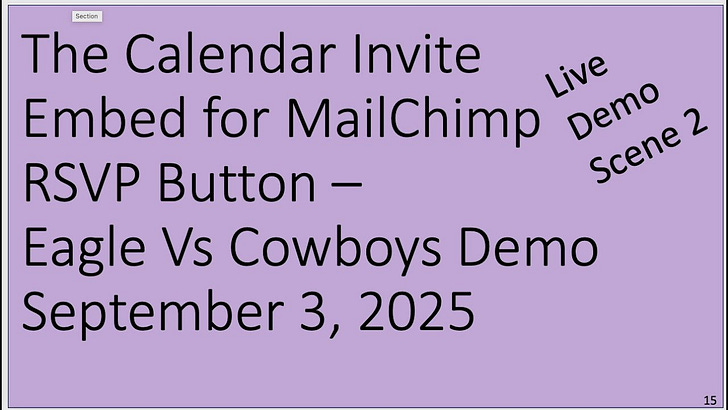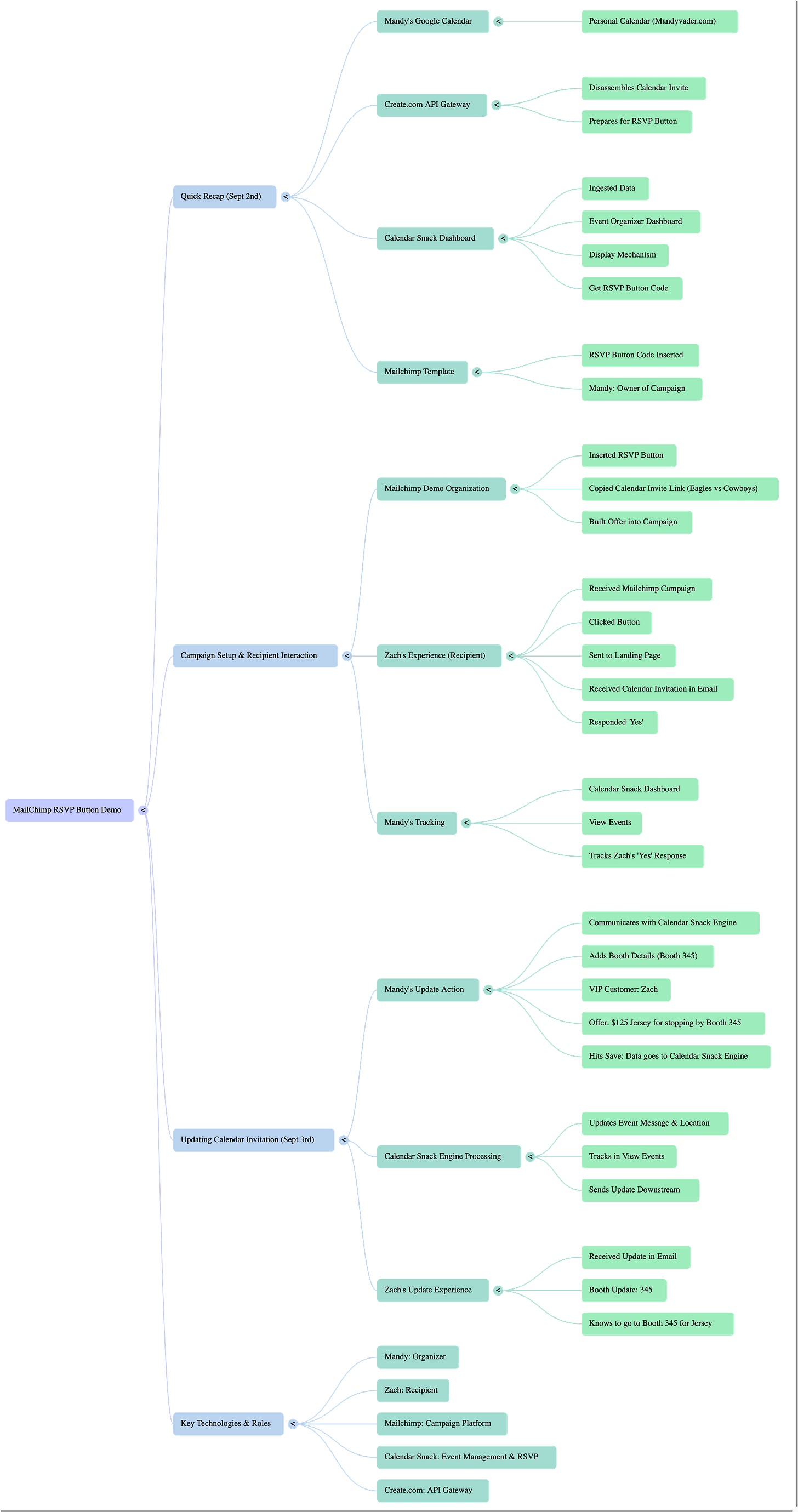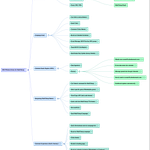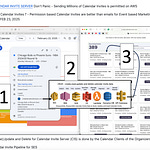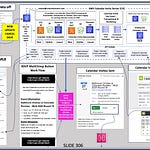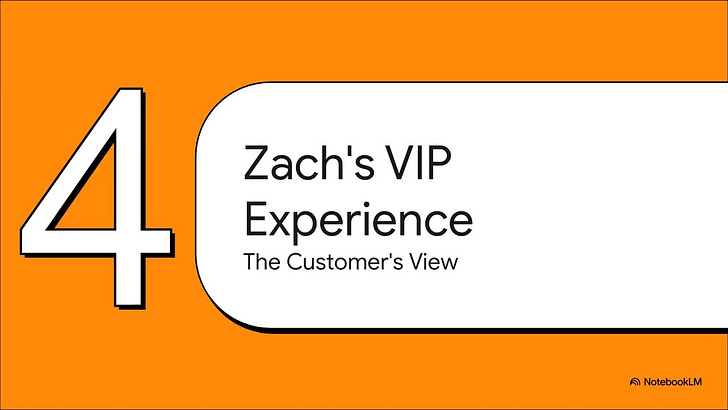What is the core functionality of the Calendar Snack system?
The Calendar Snack system facilitates the creation, distribution, and management of calendar invitations with integrated RSVP functionality, particularly for embedding within marketing platforms like Mailchimp. It acts as an intermediary, taking calendar events from personal calendars (e.g., Google Calendar), processing them, and generating an RSVP button that can be inserted into email campaigns. When recipients click this button, they receive a calendar invitation, and their responses (like "yes" or "no") are tracked in the organizer's Calendar Snack dashboard.
How does an organizer create and distribute an RSVP button for a Mailchimp campaign?
An organizer, such as Mandy in the demo, first creates an event on their personal calendar. This calendar invite is then sent to create.com, an API gateway that disassembles the invite. The data is ingested into the Calendar Snack dashboard, which acts as the event organizer dashboard and display mechanism. From this dashboard, the organizer can obtain the unique RSVP button code for their event. This code is then copied and inserted into their Mailchimp email template.
What happens when a recipient clicks the RSVP button in a Mailchimp campaign?
When a recipient, like Zach, clicks the RSVP button embedded in a Mailchimp campaign, they are first directed to a landing page. Subsequently, they receive the actual calendar invitation in their email inbox. This invitation contains all the event details and allows them to accept or decline the event, thereby sending their RSVP.
How does the Calendar Snack dashboard track recipient responses?
The Calendar Snack dashboard provides a centralized location for organizers to track all RSVPs. Once a recipient accepts an invitation (e.g., Zach saying "yes"), this response is recorded and displayed in the organizer's Calendar Snack dashboard. This allows the organizer to monitor who has accepted the invitation in real-time.
Can event details be updated after the invitation has been sent, and how are these updates communicated to attendees?
Yes, event details can be updated by the organizer even after the initial invitation has been sent. If an organizer makes changes to the original event on their personal calendar (e.g., adding "booth details" or "booth update 345"), these changes are communicated to the Calendar Snack engine. The organizer can then choose to send an update to attendees who have already received the invitation. These updates are received directly in the attendees' inboxes, ensuring they have the latest information.
What is the significance of the "create.com" service in the Calendar Snack workflow?
"create.com" acts as an API gateway in the Calendar Snack system. Its role is to receive calendar invites from personal calendars, disassemble them, and prepare them for processing by the Calendar Snack engine. This step is crucial for transforming a standard calendar invite into a format that can be used to generate the RSVP button and integrate with the Calendar Snack dashboard.
How does Calendar Snack facilitate special offers or VIP experiences within a Mailchimp campaign?
Calendar Snack enables organizers to integrate special offers or VIP experiences directly into their Mailchimp campaigns through the event details and subsequent updates. For example, Mandy included an offer for a $125 jersey if Zach, a VIP customer, stopped by booth 345. This information was initially part of the campaign and later updated to specify the booth number. The ability to update event details ensures that attendees receive timely information regarding these special offers.
What is the advantage of using Calendar Snack for managing event invitations compared to traditional methods?
The primary advantage of Calendar Snack lies in its streamlined integration with marketing platforms, such as Mailchimp, and its comprehensive tracking capabilities. It automates the process of creating RSVP-enabled invitations, simplifies their distribution through email campaigns, and provides real-time tracking of responses. Furthermore, the system enables dynamic updates to event details, ensuring that attendees always have the most up-to-date information, which is more efficient and trackable than traditional, manual invitation methods.


